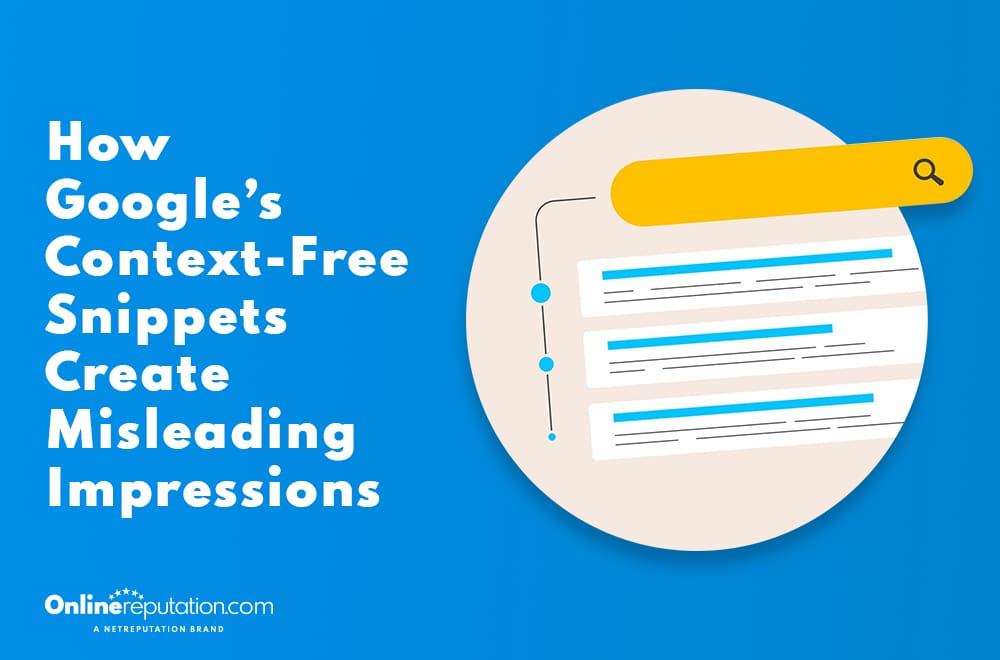
Google snippets are designed to deliver quick, relevant answers at the top of the search results page. These featured snippets appear in a box above regular snippets and pull directly from web pages Google deems relevant to the query. But as helpful as they seem, Google’s featured snippets can generate misleading impressions—especially when key context is stripped away.
What Are Google Snippets?
Google snippets, particularly featured snippets, are short text blocks that show up prominently in Google’s search results. They aim to answer user queries instantly, without requiring a click. Google displays these snippets using content pulled from a source page, often in a paragraph, bulleted list, table, or video format.
The goal is to help users quickly find relevant answers. This feature primarily benefits mobile users and those using voice search. However, while it improves efficiency, it can misrepresent the original content. Stripped of context, even accurate text can become misleading.
Why Featured Snippets Can Mislead
Google’s featured snippets extract specific passages based on keywords or long-tail keywords. But when pulled from deep within a webpage, they may lack the surrounding explanation or nuance.
Here’s why that matters:
- Out-of-context quotes: A sentence may look definitive in a snippet but might be clarified or contradicted later on the same page.
- Inaccurate summaries: Snippets sometimes misrepresent the tone or intent of the source.
- Oversimplified answers: Snippets can reduce detailed information to brief, dictionary-style responses, which can be particularly harmful on complex topics.
For instance, a page may outline the pros and cons of a medical treatment, but the snippet shows only the benefits. That one-sided summary can distort the user’s understanding. These search results might be optimized for brevity, but not for balance.
The Role of Snippet Optimization
Site developers and marketers often aim for featured snippet visibility through snippet optimization. They use headers, bulleted lists, and Q&A formats, and they strategically place specific keywords.
This can boost visibility. However, when structure takes precedence over substance, search results suffer. Users may get shallow, incomplete answers instead of thoughtful, informative content.
How This Affects Search Behavior
When Google shows a featured snippet, users often treat it as the final answer. Most won’t click through to the site.
This causes problems:
- Users draw conclusions from incomplete data.
- Misinformation spreads more easily.
- Websites often miss the opportunity to provide complete and accurate context.
The search engine begins acting like the final authority, even though the content originated from a third-party site.
Feedback, Quality, and Responsibility
Google provides a feedback tool to flag misleading snippets. Users can report inaccuracies directly from the featured snippet box.
Still, given the scale of Google’s automation, mistakes will happen.
That makes it essential for content creators to write clearly and structure pages so key takeaways remain accurate, even when lifted out of context. Marketers and SEO strategists should avoid writing solely for snippet appeal and instead focus on creating content that holds up well with or without its surrounding text.
And users? They need to understand: a fast answer isn’t always a full answer.
Alternatives and Improvements
To reduce confusion or distortion, Google could:
- Add warnings when snippets come from complex or controversial pages.
- Label snippets as excerpts from longer pieces.
- Show more links to related questions or the full source page.
- Offer tools (like a “save for later” feature) that help users explore snippets more deeply.
Final Thoughts on Google Snippets and User Trust
Featured snippets help users find answers fast. They highlight useful info from web pages and reduce the need to scan through multiple results. However, without full context, even the most accurate snippet can be misleading.
As more people rely on Google snippets, the pressure to get them right grows. The goal shouldn’t be to drive traffic or show up in the box—it should be to provide helpful, accurate content that reflects the whole truth.
Note: Google’s snippet system relies on the quality of the pages it retrieves. If you create content, structure it. Ensure the meaning remains consistent, even when presented out of context.
Ultimately, users who understand how snippets work can make more informed decisions about what to trust—and when to click for more information.
You might also like
What Is the Streisand Effect?
Google snippets are designed to deliver quick, relevant answers at the top of the search results page. These featured snippets …

